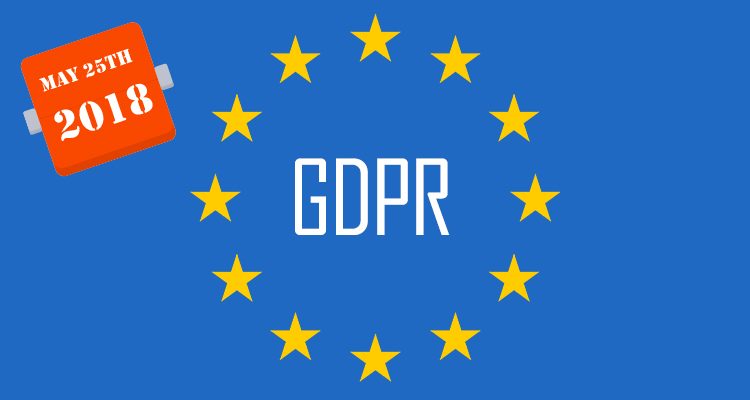GDPR – Overview
With the deadline for GDPR looming (May 25th 2018), it's easy to become discombobulated with the plethora of information being released on GDPR. With it being somewhat confusing, you may be thinking it's one of those things better dealt with as and when it comes into effect. We understand running a business isn't easy and time is scarce, but if this is your approach and you haven't made any attempt to educate yourself, it's probably time you did. To make it easier to digest, we will be posting a snippet here every week so make sure to stay in the loop by following us on any of our social media platforms. LinkedIn , Twitter , and Facebook
So what is the GDPR and what exactly does it protect?
The GDPR requires businesses to protect the personal data and privacy of EU residents for transactions that occur within EU member states. The GDPR also regulates the exportation of personal data outside the EU. In a nutshell it protects;
- Basic identification information such as name, address and ID numbers

- Web data such as Cookies/IP address/RFID tags
- Racial or ethnic info
- Health and genetic info
- Sexual orientation
- Biometric data
- Political opinions
The purpose of the GDPR is to bring about consistency when it comes to the processing and protection of personal data. This means every EU member state must comply to the same standard, and means that any organisation not in the EU but that is processing data of an EU resident must be in compliance with the GDPR also. To put this in context, UK organizations will still have to comply with the GDPR following Brexit as a large portion will have customers who are residents in EU states.
Next week we'll be looking at the importance of understanding the difference between Data Controllers and Data Processors. Follow us to stay updated on LinkedIn , Twitter , and Facebook
The information above is a guide only


Comments are closed.